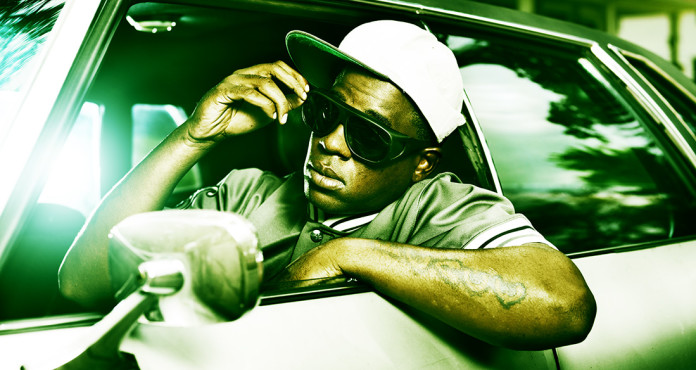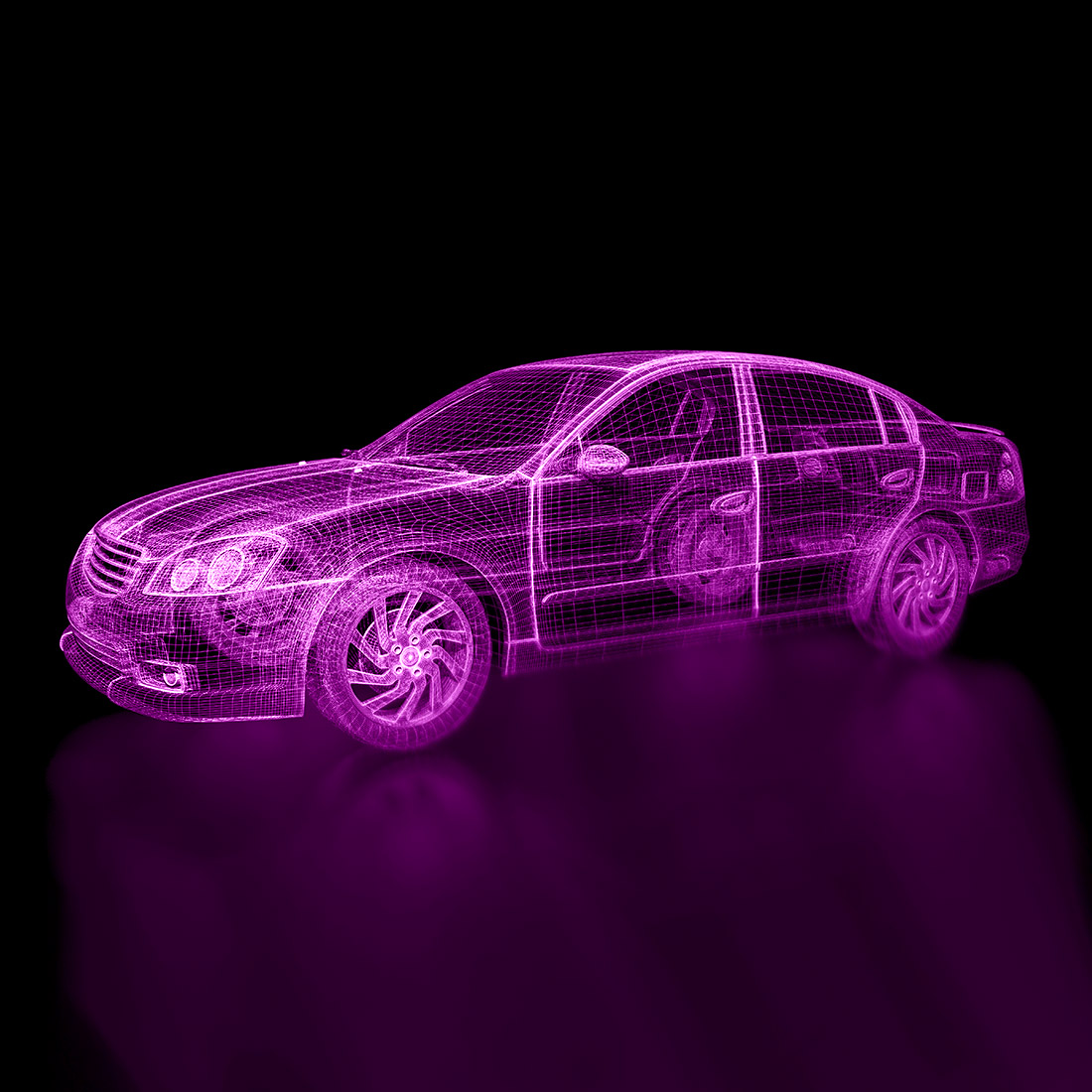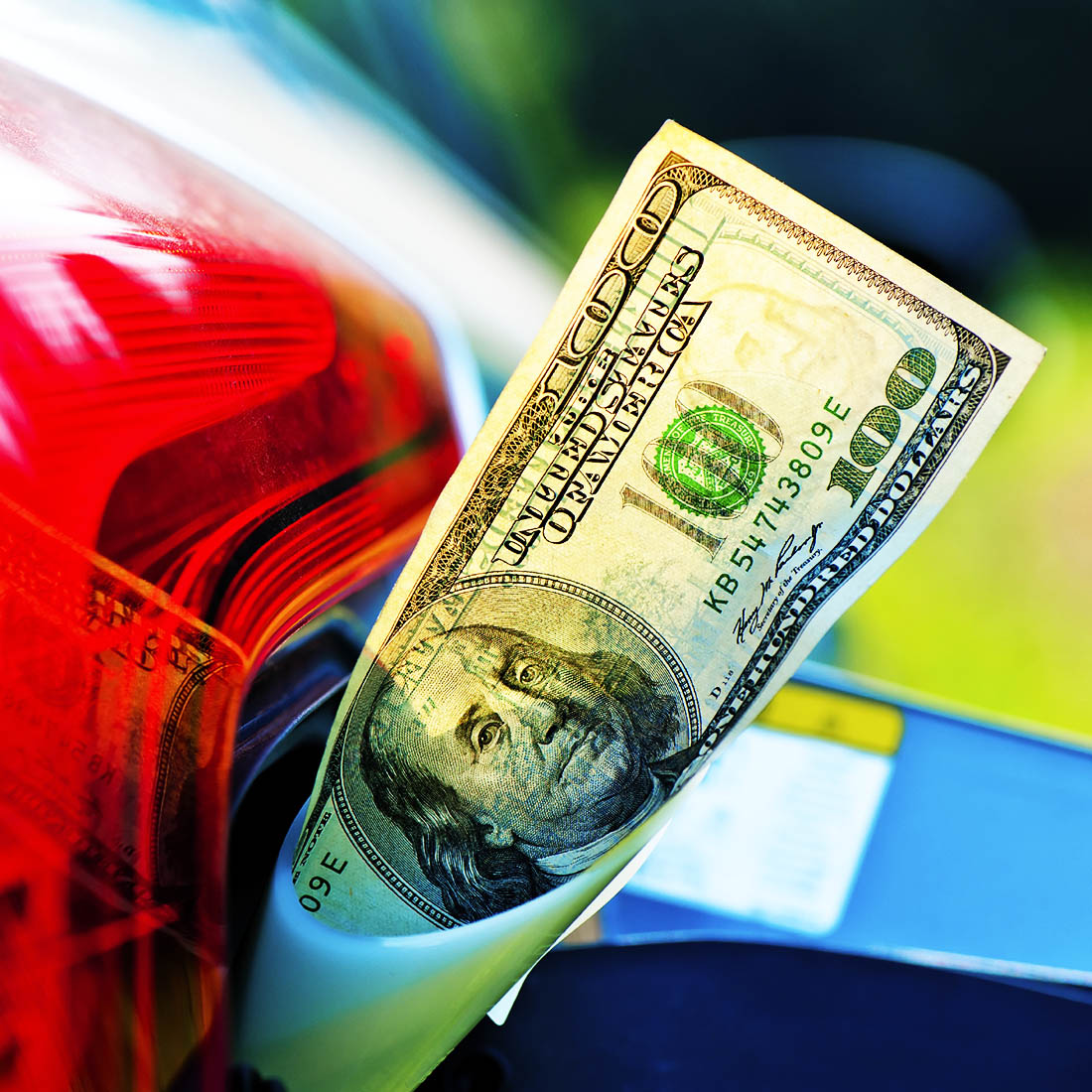
For people who use Uber regularly of have need for it, the app is pretty much a lifesaver. It takes you where you want directly from wherever you are, and as opposed to the danger of a smelly car or an uncomfortable ride, all you have to worry about with Uber is whether or not the driver has gum and water.

One thing that bugs regular Uber users, and usually Friday or Saturday night crowds, is Uber’s surge pricing, where it’s fares can go up to 13x the base estimated fare. A team at Northeastern University proposes an argument that because customers are less inclined to order cabs during those times, there are actually less drivers on the road. So technically, surge pricing causes both supply and demand to drop.
The Study Declares: Surge Pricing is a Tool to Maximize Profit, but It Doesn’t Entice Drivers
The team created 43 Uber accounts and operated them between San Francisco and Manhattan. Their research resulted in the conclusion that drivers actually leave areas where surge pricing is active because people are less inclined to order rides. A representative of the team commented that surge kills demand, so drivers actually get away from it.
According to Gizmodo, Uber has a contrary assessment. A representative added that there is much more data that should be analyzed than what is available to the public, and that since the results come from such limited research, it is not accurate.

As a tip to current Uber users, the researchers also fished out a few ways that surge pricing can be avoided. If a rider changes their location, sometimes by even as much as 100 feet, the minimum fare changes, and by waiting as little as five minutes, fares may return to normal. They conclude that the Uber business model is designed to maximize profit but doesn’t really give good results.
The market between Manhattan and San Francisco are obviously vastly different, and this too was observed in the study. Prices surge in Manhattan about 14% of the time, while San Francisco surges 57% of the time. There is naturally a significant difference in demand between these two cities. The availability of public transportation, time and convenience are varying factors, but the study concludes that in terms of surge pricing, the company is way in over its head.
Despite the Findings, Uber is Still the Most Reliable Cab Service
Uber is different from most online services. There is a first party controlling the service, Uber itself, a secondary party that carries out the service, the drivers, and a third party that receives the service. There isn’t much information that is shared among all three parties; phone numbers are available only to the company and the Uber car’s phone so as to protect client privacy, and drivers have little to no access to what happens after they have dropped off a rider and leave to pick up another one: all of that information remains with the company.
This model seems safest, and it is why Uber and its competitors have become prominent and popular services for people in need of a sober driver or any kind of trip while incapacitated. Despite this study, Uber will remain a special and convenient tool in every city where it is available, especially for people who don’t drive, are unable to, or don’t have a car in the city they’re currently in.
More of A Skater? Check Out Clapway Trends’ Review of the Original Penny Skateboard

















